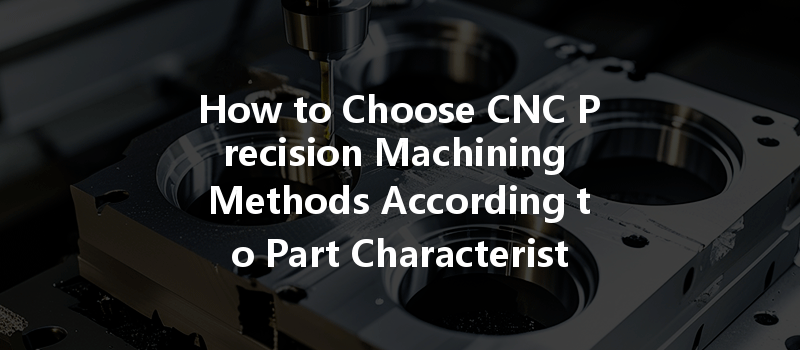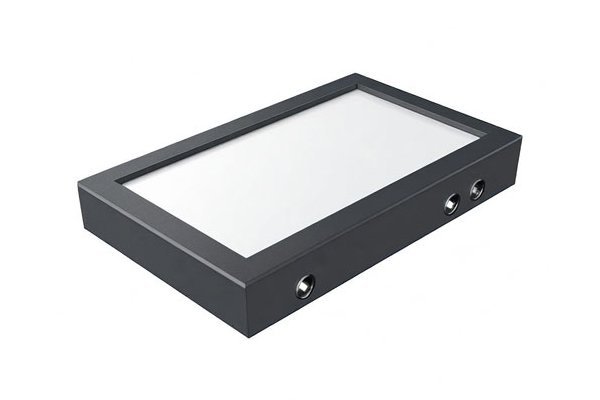Did you know that precision machining can yield tolerances as tight as ±0.0001 inches (0.00254 mm)? This astonishing level of detail in manufacturing offers industries, from aerospace to healthcare, the possibility of creating components that meet stringent performance and safety standards. As CNC machining technologies evolve, so too does the need for manufacturers to wisely select the best machining methods based on the unique characteristics of the parts being produced. This guide aims to help you navigate the complexities of CNC precision machining, ensuring you choose the right techniques to achieve the highest quality outcomes.
Understanding CNC Machining
CNC, or Computer Numerical Control machining, is a process where pre-programmed computer software dictates the movement of machinery and tools. It automates the operation of machines, allowing for precise cuts, shaping, and finishing of various materials. CNC machining is instrumental in the production of complex shapes and intricate designs which are often unachievable through manual machining processes.
The Importance of Material Characteristics
Choosing the right CNC machining method depends largely on the characteristics of the material you are working with. Different materials exhibit varying physical and chemical properties, such as hardness, tensile strength, ductility, and thermal conductivity. Failing to consider these attributes can lead to unnecessary machining errors, compromised quality, or even production failure.
Key Factors to Consider
With these factors in mind, let’s explore how to select a suitable machining method by examining specific parts and materials.
Analyzing Specific Parts and Materials
Aluminum
Steel (e.g., 1018 vs. 1045)
Delrin (Acetal)
PVC

Carbon Fiber
Glass Fiber
Advanced Techniques in CNC Machining
Multi-axis Machining
In instances where parts have complex geometries, multi-axis CNC machining enables manufacturers to achieve intricate shapes by controlling the tool along multiple axes. This is especially beneficial in industries like aerospace, where parts need to have precise features.
Electrical Discharge Machining (EDM)
EDM is a non-traditional machining method suitable for hard metals and complex shapes. It works by using electrical discharges to remove material and is ideal for parts where high precision and finish are required.
Quality Assurance Practices
Tolerance and Surface Finish Checks
To ensure the finished parts meet required specifications, implement rigorous quality checks. Tolerance standards such as ISO 2768 can help define general tolerances while specific surface finish queries should align with standards like Ra measurements.
Regular Equipment Maintenance
Maintaining your CNC machines is crucial for ensuring consistent output. Regular checks will help avoid degradation in tools which can lead to inaccuracies or defects in the machined parts.
Environmental Considerations
In the era of sustainability, manufacturers must also consider the environmental impact of their machining choices. Utilizing biocompatible materials and employing processes that generate less waste can contribute positively to corporate responsibility.
Future Trends in CNC Machining
Automation and IoT Integration
Automation technology combined with Internet of Things devices will enable real-time monitoring and adjustments, leading to even greater efficiency and precision in CNC machining processes.
Advances in Materials
New alloys and composites are being developed for better performance in extreme environments. Research into biodegradable materials is growing, opening avenues for sustainable manufacturing without compromising performance.
Selecting the appropriate CNC precision machining method based on part characteristics is integral to the overall success of manufacturing operations. Factors such as material type, part geometry, precision requirements, production volume, and cost are vital considerations that impact the choice of processes.
The evolution of CNC machining technologies and techniques presents numerous opportunities for manufacturers to enhance efficiency and sustainability. By reviewing and understanding specific examples, businesses can tailor their approach to meet the specific needs of different materials and parts.
As the industry continues to innovate, staying informed and proactive in choosing and implementing CNC machining methods will play a pivotal role in determining success. Embrace these insights, and remember that every choice you make in the machining process can lead to significantly improved outcomes for product quality, efficiency, and ultimately, profitability.
Take the time to reflect on the methods available and leverage this knowledge for substantial gains in your manufacturing endeavors. Making informed decisions will set your operations apart in a competitive market, ensuring that you meet not only current demand but also adapt to future challenges.






